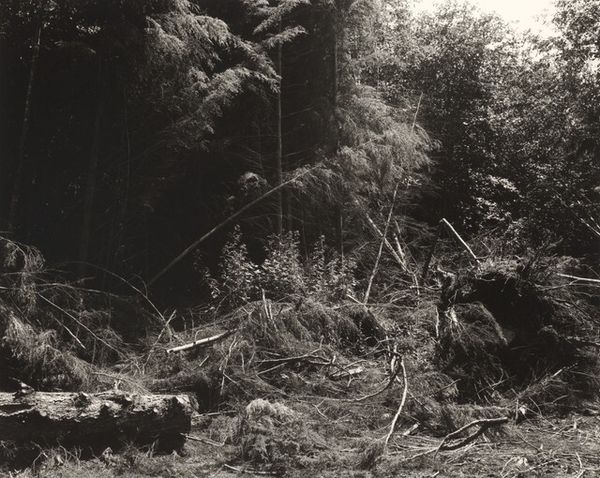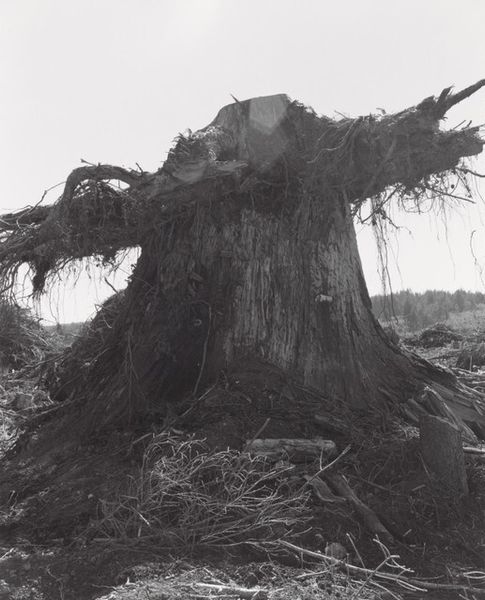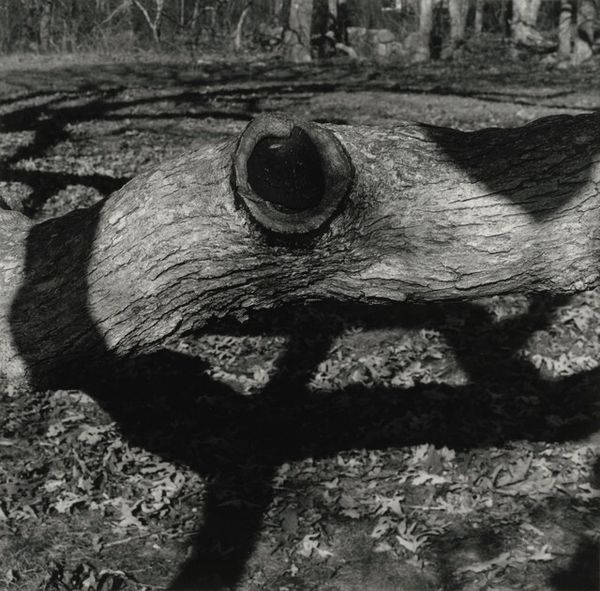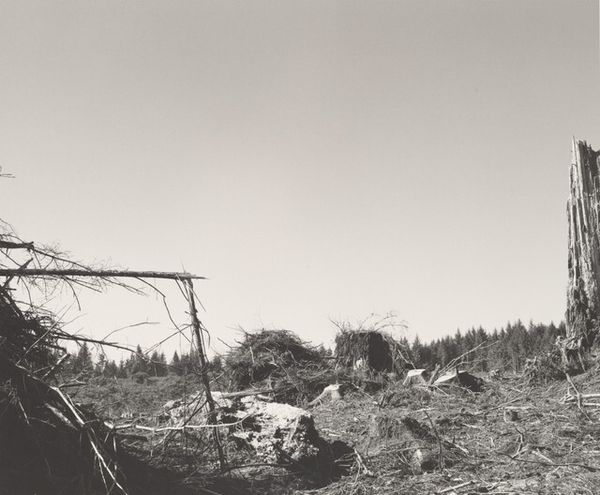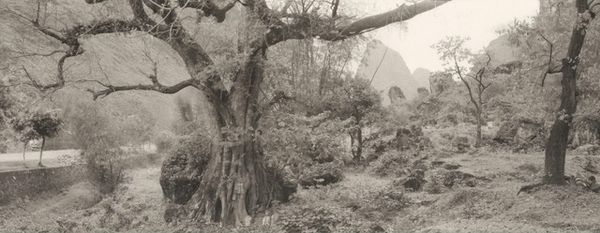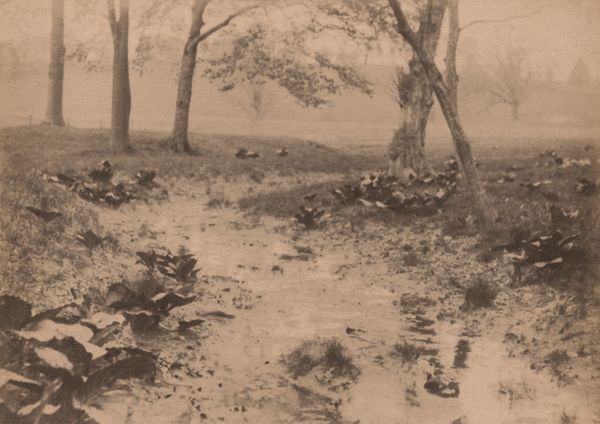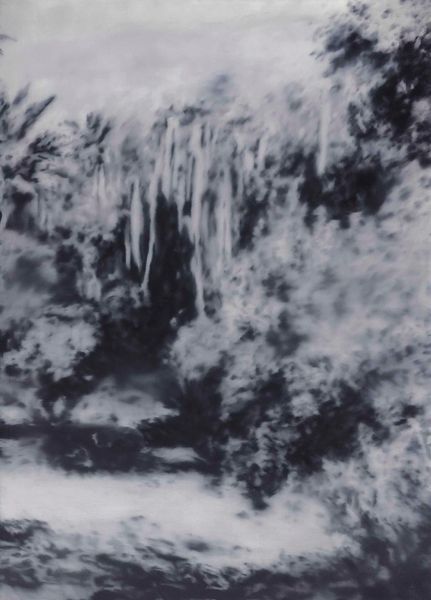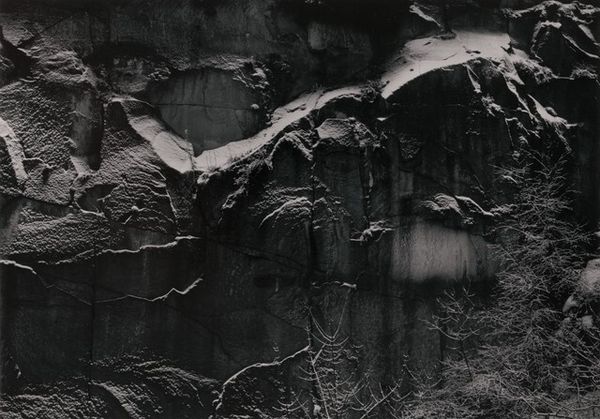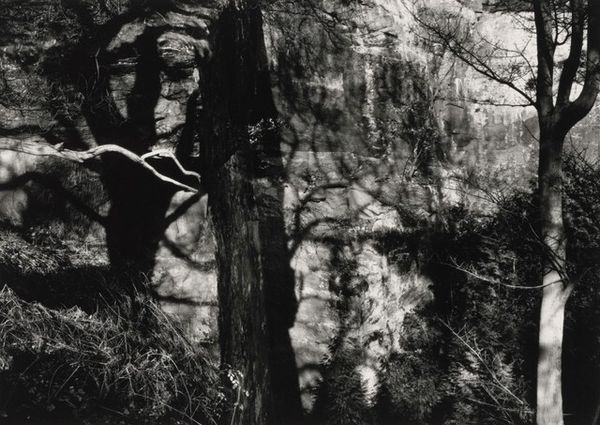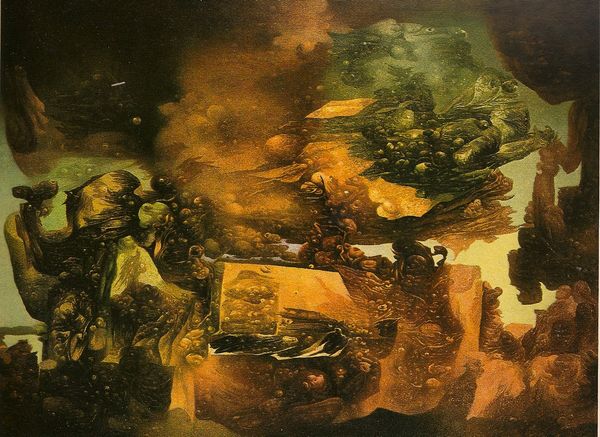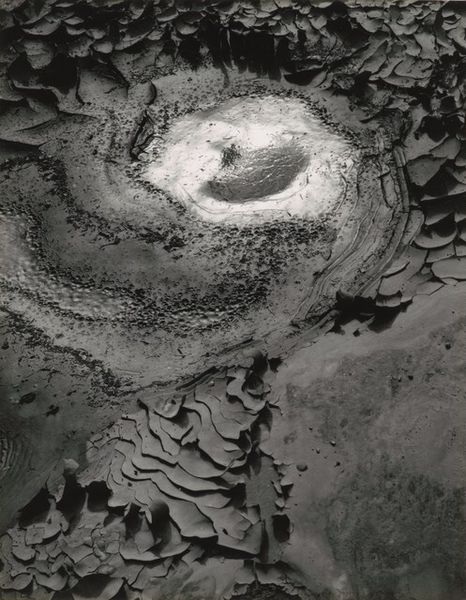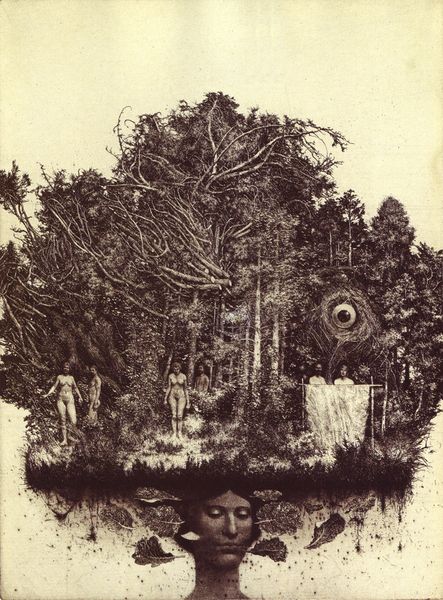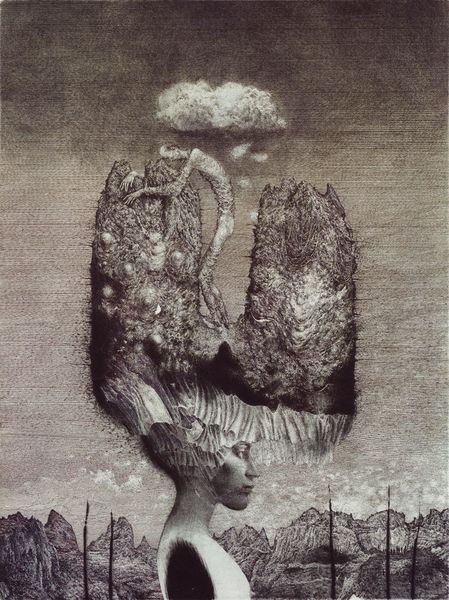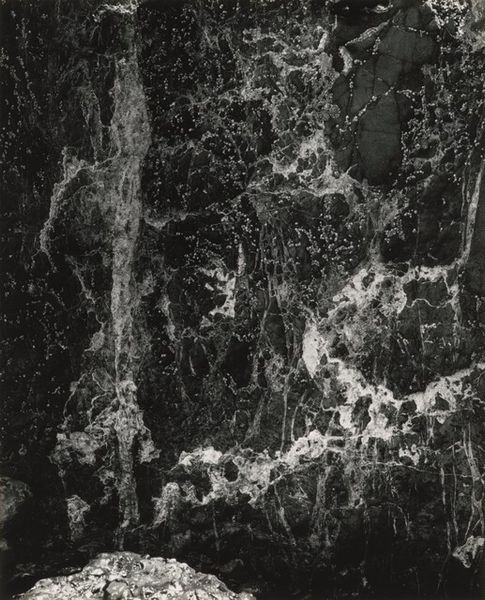
Copyright: Arsen Savadov,Fair Use
Editor: So, this is Arsen Savadov's "Kokto," created in 2001, a mixed-media piece incorporating photography. The juxtaposition of the everyday – that lamp! – with the apocalyptic imagery feels both absurd and unsettling. What do you make of this curious collision? Curator: Ah, Arsen Savadov! His work always tickles a peculiar part of my brain. That collision, as you put it, *is* the point, isn’t it? It's like a memory playing tricks, where something intensely personal – a household lamp casting its feeble glow – tries to make sense of collective trauma, embodied by that mushroom cloud looming in the background. Editor: Collective trauma... like Chernobyl? Curator: Precisely! Savadov, an Ukrainian artist, experienced it firsthand. The surrealism here isn't just aesthetic; it’s a psychic landscape reflecting a world forever altered. The figure holding the lamp seems almost… lost, doesn’t he? Like he's desperately trying to illuminate a path forward through a landscape of ruin, but only has a tiny light to guide the way. The rocks become almost lunar, scarred. Do you sense a similar… disquiet? Editor: I do, now that you point it out. Before, I was focused on the absurdity, but I see a sort of melancholy, a weight of history. Curator: The absurd *is* the language of trauma, sometimes. It’s how we cope when reality itself becomes unbelievable. And that humble lamp… it’s a poignant symbol of hope, or perhaps, futile resistance. Who knows? Perhaps both! Editor: That's so interesting. It completely shifted my initial read of the piece. I came in thinking it was purely surreal, but now it's deeply personal. Curator: And that's the magic, isn't it? Savadov makes you feel it, without explaining it. Art isn't about answers, but about inviting the question.
Comments
No comments
Be the first to comment and join the conversation on the ultimate creative platform.
